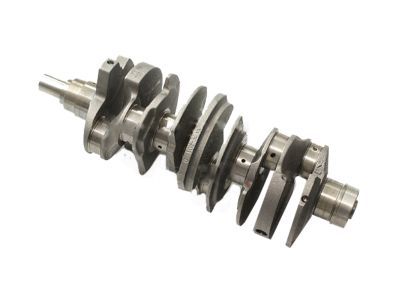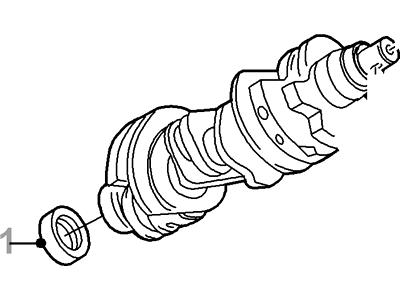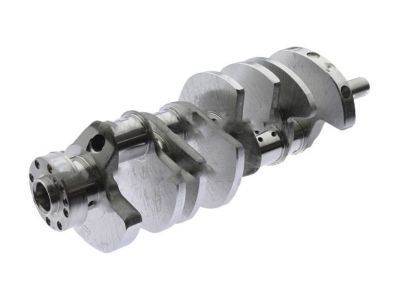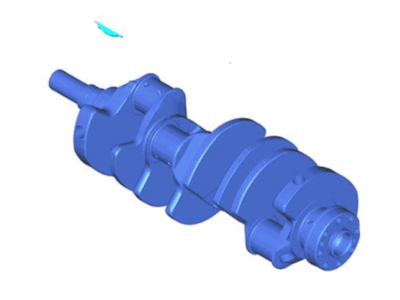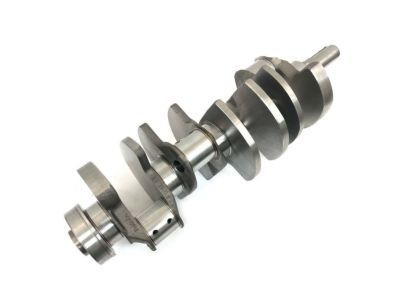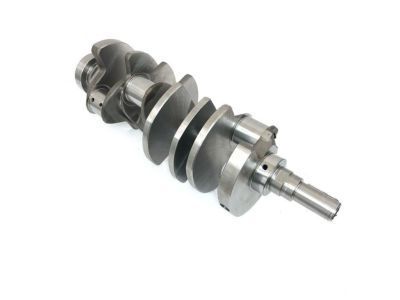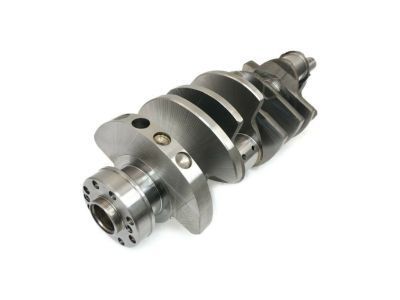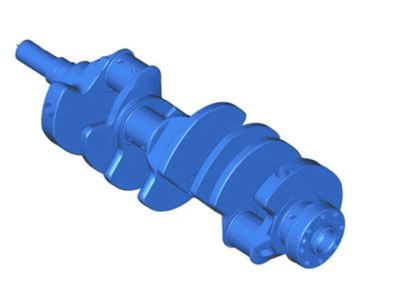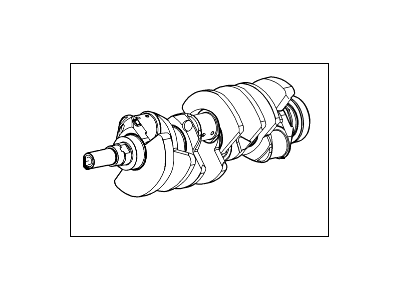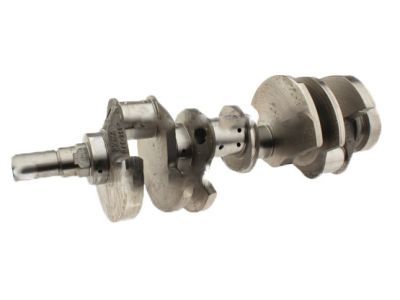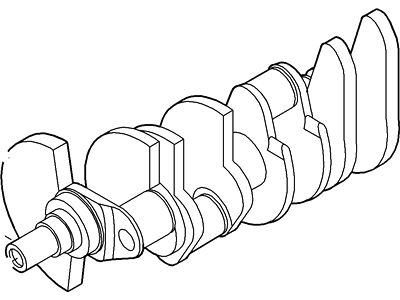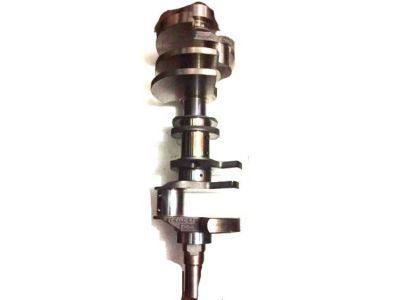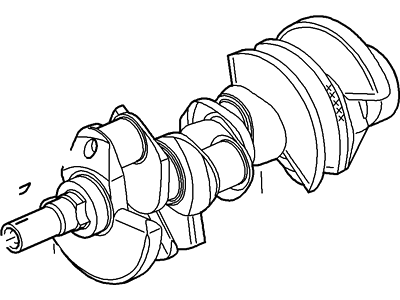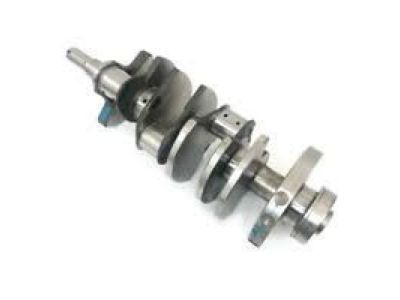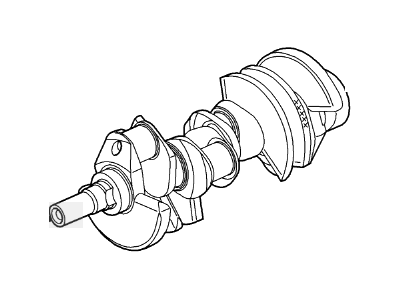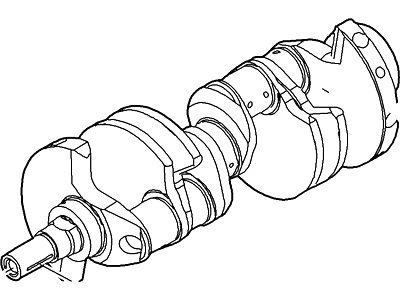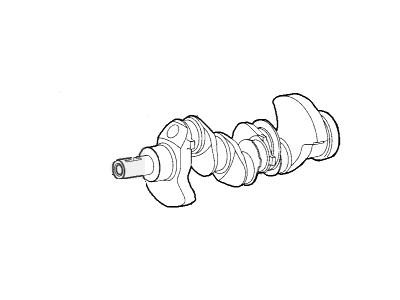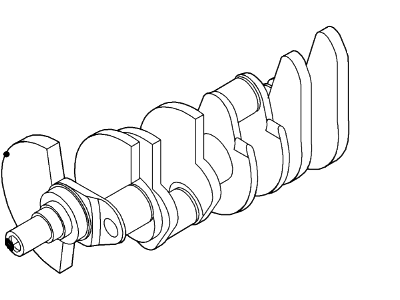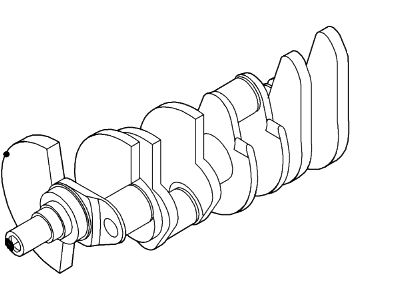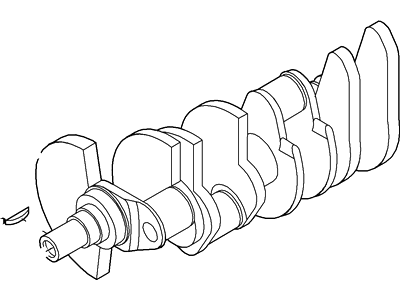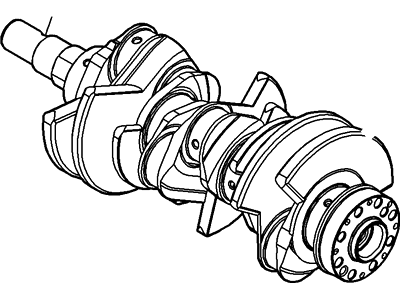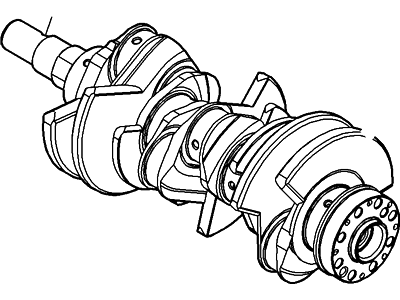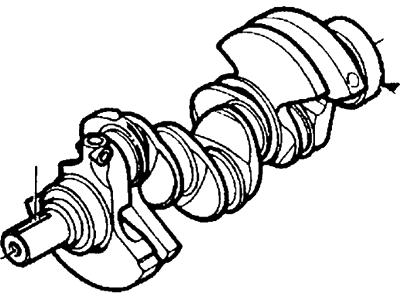

My Garage
My Account
Cart
Genuine Ford Mustang Crankshaft
Crank Shaft- Select Vehicle by Model
- Select Vehicle by VIN
Select Vehicle by Model
orMake
Model
Year
Select Vehicle by VIN
For the most accurate results, select vehicle by your VIN (Vehicle Identification Number).
36 Crankshafts found
Ford Mustang Crankshaft Assembly
Part Number: 5L2Z-6303-AA$244.80 MSRP: $340.07You Save: $95.27 (29%)Ships in 1-2 Business DaysFord Mustang Crankshaft Assembly
Part Number: JR3Z-6303-A$425.11 MSRP: $627.00You Save: $201.89 (33%)Ford Mustang Crankshaft Assembly
Part Number: FR3Z-6303-A$478.76 MSRP: $599.50You Save: $120.74 (21%)Ford Mustang CRANKSHAFT ASY
Part Number: LB5Z-6303-B$277.19 MSRP: $408.83You Save: $131.64 (33%)Ships in 1-3 Business DaysFord Mustang Crankshaft Assembly
Part Number: GR3Z-6303-B$1012.70 MSRP: $1507.00You Save: $494.30 (33%)Ships in 1-3 Business DaysFord Mustang Crankshaft Assembly
Part Number: GR3Z-6303-C$1012.70 MSRP: $1507.00You Save: $494.30 (33%)Ford Mustang CRANKSHAFT ASY
Part Number: KR3Z-6303-B$974.51 MSRP: $1450.17You Save: $475.66 (33%)Ships in 1-3 Business DaysFord Mustang Crankshaft Assembly
Part Number: CR3Z-6303-A$406.46 MSRP: $599.50You Save: $193.04 (33%)Ships in 1-3 Business DaysFord Mustang Crankshaft Assembly
Part Number: 2C5Z-6303-BA$292.11 MSRP: $430.83You Save: $138.72 (33%)Ford Mustang Crankshaft Assembly
Part Number: 2C5Z-6303-AA$292.11 MSRP: $430.83You Save: $138.72 (33%)Ford Mustang Crankshaft Assembly
Part Number: 7R3Z-6303-A$1531.04 MSRP: $2278.33You Save: $747.29 (33%)Ford Mustang Crankshaft Assembly
Part Number: DR3Z-6303-A$1104.32 MSRP: $1643.33You Save: $539.01 (33%)Ford Mustang Crankshaft Assembly
Part Number: 7R3Z-6303-AA$1531.04 MSRP: $2278.33You Save: $747.29 (33%)
| Page 1 of 2 |Next >
1-20 of 36 Results
Ford Mustang Crankshaft
We provide a wide range of Ford Mustang Crankshaft at the best prices possible. If you need Ford Mustang Crankshaft, you can shop with confidence on our website. All our OEM parts come with a manufacturer's warranty and are delivered to your door step with a fast delivery service.
Ford Mustang Crankshaft Parts Questions & Experts Answers
- Q: How is the crankshaft removed and installed on Ford Mustang?A:A crankshaft can only be removed if the engine itself is removed from the car which presuming that some of the other parts like the flywheel, crankshaft pulley, timing chain, oil pan, oil pump body, oil filter and piston/connecting rod assemblies have been disconnected. Before the removal process, check the crankshaft endplay, in this case, use a dial indicator to check on the crankshaft. Push the crankshaft to the back and align the indicator, then move the crankshaft to the front to check the result; such reading should range from 0.003 to 0.010 inch (0.076 to 0.254 mm). If the endplay is more than this amount, check the thrust faces for wear. For 3.7L V6 engines, thrust washers are placed on the 4th journal and for 4.0L V6 engines on the upper number 3 crankshaft saddle. The V8 engines have thrust washers on the back of the number 5 main bearing journal saddle of the engine. If for some reason, it is impossible to use a dial indicator, clearance can be measured using feeler gauges. Take out the M/B cap support brace and gently turn the M/B cap bolts before completely pulling off the caps. Slowly and gently raise out the crankshaft, if possible get help, and replace the main bearing caps loosely with the correct orientation. For installation the engine block and crankshaft should be clean and checked for any signs of wear or possible cracks. Lay the block upside down, if necessary, to expose the lower surfaces and remove any end bearings originally fitted; surface and dry the faces as before. Replace new upper main bearing inserts in the saddles, whereby oil holes are to be rightly oriented and correctly fit the thrust washer. A quick check that can be made is the main bearing oil clearance using the Plastigage that should not go beyond the limits. If required, one must replace it by correct bearing inserts size. This film being removed, grease any Plastigage deposit off the bearing surfaces and thrust faces before filing the crankshaft back into position. It is recommended to clean up the bearing insert faces and lubricate with oil before fitting the main bearing and tighten the caps bolts to the manufactures recommended torque with the correct sequence. Check again the crankshaft endfloat and make sure the crankshaft can rotate as easy as possible without any strturing. Last but not the least; fit the main bearing cap support brace and fit the new rear main oil seal.
Related Ford Mustang Parts
Browse by Year
2023 Crankshaft 2022 Crankshaft 2021 Crankshaft 2020 Crankshaft 2019 Crankshaft 2018 Crankshaft 2017 Crankshaft 2016 Crankshaft 2015 Crankshaft 2014 Crankshaft 2013 Crankshaft 2012 Crankshaft 2011 Crankshaft 2010 Crankshaft 2009 Crankshaft 2008 Crankshaft 2007 Crankshaft 2006 Crankshaft 2005 Crankshaft 2004 Crankshaft 2003 Crankshaft 2002 Crankshaft 2001 Crankshaft 2000 Crankshaft 1999 Crankshaft 1998 Crankshaft 1997 Crankshaft 1996 Crankshaft 1995 Crankshaft 1994 Crankshaft 1993 Crankshaft 1992 Crankshaft 1991 Crankshaft 1990 Crankshaft 1989 Crankshaft 1988 Crankshaft
